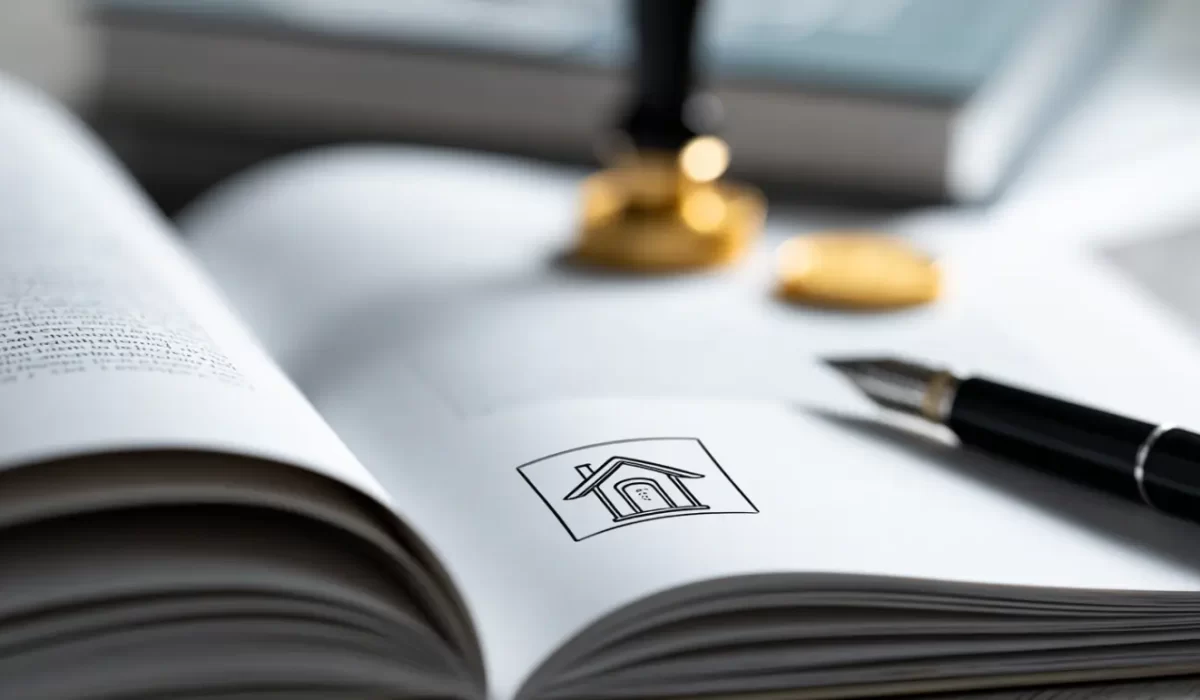Living in an HOA community means sharing upkeep responsibilities for common areas, including roofs. Navigating these duties can be complex, as governing documents outline who is responsible for maintenance, repairs, and replacements. Understanding the distinction between HOA and individual owner responsibilities is crucial for smooth operations. This guide breaks down roof maintenance obligations for property managers and HOA boards in Orange County, CA, ensuring communities remain protected and compliant. Companies like Fontaine Roofing can provide invaluable support in managing roof maintenance according to HOA guidelines.
Understanding Roof Maintenance in HOA Communities
Roof maintenance in an HOA community is a shared concern, as roofs protect residents. Maintenance responsibility—whether for the HOA or homeowners—depends on governing documents. Typically, HOAs handle roofs for multi-unit buildings while single-family homes are managed by owners. Reviewing your association’s documents is essential to clarify responsibilities and prevent misunderstandings.
At Fontaine Roofing, we prioritize roof maintenance and take pride in our expertise. As a GAF Master Elite Contractor, CertainTeed Shingle Master, and Polyglass Preferred Contractor, we provide top-quality service. Our certifications as an IB Roofing Systems Authorized Applicator and TRI-certified professional, reflect our commitment to excellence in roofing solutions.
Contact Us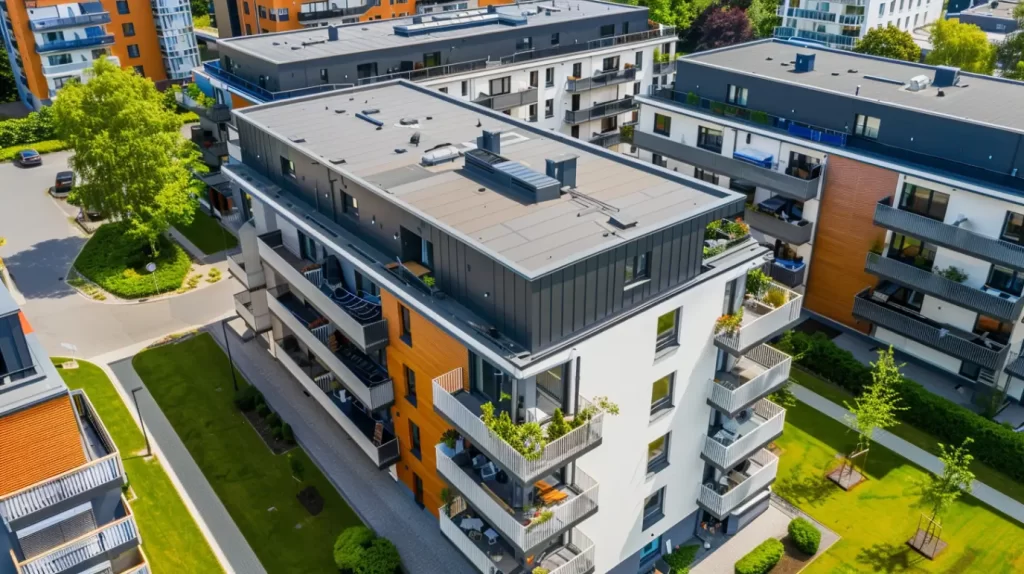
The Role of HOAs in Property Upkeep
Homeowners’ associations (HOAs) are essential for maintaining community aesthetics and property values. The HOA board manages maintenance tasks, ensuring roofs and other structures are well-maintained through inspections, contractor hiring, and repair planning.
Best practices for roof maintenance include creating a detailed schedule, budgeting for major repairs, and conducting annual inspections. Property management expert Weldon B. II emphasizes that “an effective HOA board is proactive, not reactive,” enabling early issue resolution and collaboration with contractors familiar with HOA needs.
By prioritizing preventative maintenance and fostering open communication, HOA boards protect property values and minimize unexpected costs for both the association and homeowners.
Typical Roofing Challenges in Orange County, CA
In Orange County, the unique climate poses specific roofing challenges for homeowners associations (HOAs) and individual homeowners. Frequent sun, wind, and occasional rain can cause roof damage, including leaks and structural wear. Regular inspections are crucial to identify issues before they result in costly repairs.
Shared roofing systems in townhome communities complicate maintenance responsibilities. Clear communication between homeowners and the HOA is essential for establishing shared obligations that comply with architectural guidelines and legal frameworks. Understanding each party’s responsibilities can minimize disputes and ensure the community’s structural integrity and aesthetic appeal.
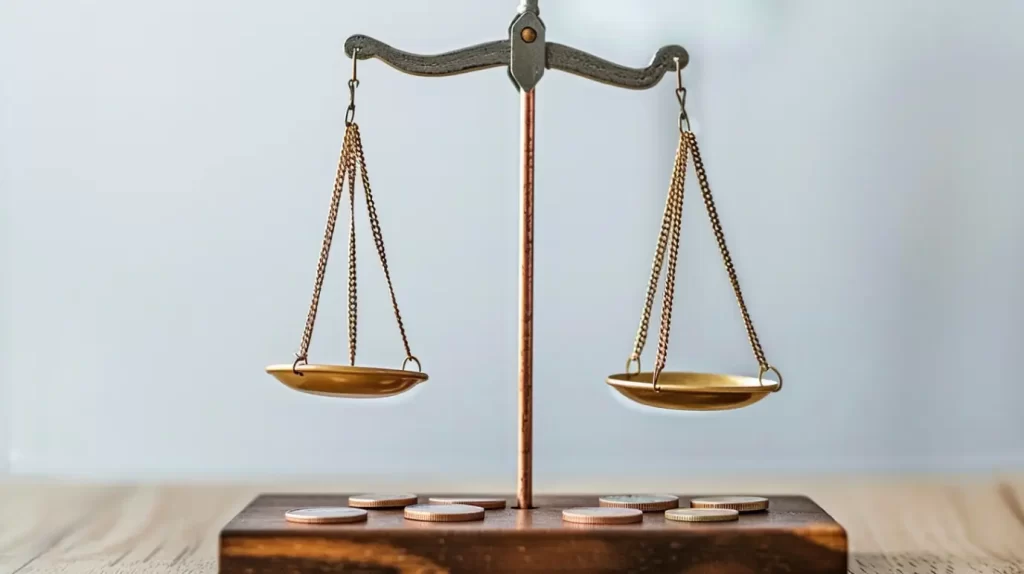
Distinguishing Common Areas vs. Individual Ownership
Knowing the distinction between common areas and individual ownership is crucial when it comes to roof maintenance. In most HOA communities, common areas—such as shared roofs or exterior walls—fall under the HOA’s responsibility, while individual units may have their own requirements.
For property managers and homeowners alike, reviewing governing documents will clarify where the shared responsibility ends and where an owner’s obligation begins. This clear division reduces confusion and helps residents understand what to expect when roofing issues arise in their community.
How Roof Boundaries Affect Responsibility
Defining roof boundaries is crucial for assigning maintenance responsibilities in an HOA community. Governing documents usually clarify whether the roof is a common element or part of individual units. In townhome communities, shared roofs imply shared obligations that homeowners must understand.
Maintenance and repair rules can vary based on whether the roofing system is individual property or a collective HOA asset. Regular inspections can identify potential issues early, ensuring compliance with maintenance duties. Clear communication between HOA board members and homeowners is vital to prevent disputes and uphold HOA rules.
Condominium vs. Single-Family Home Scenarios
Property types greatly influence maintenance responsibilities, particularly regarding roofing. In condominiums, the homeowners association (HOA) oversees roof maintenance as specified in governing documents, protecting homeowners from costly repairs and maintaining community integrity. The HOA typically hires a roofing contractor for inspections and repairs, ensuring adherence to architectural guidelines and proper insurance coverage.
In contrast, single-family homeowners are fully responsible for their roofs, including inspections and repairs. They must also manage their homeowner’s insurance for roof damage or replacements, emphasizing the importance of clear communication with the HOA about maintenance obligations.

Decoding HOA Governing Documents
Governing documents form the legal framework that dictates every aspect of community living, including roof maintenance. Reviewing the HOA documents—such as CC&Rs, bylaws, and rules—is essential to understanding who is responsible for what.
These documents outline specific maintenance obligations, define common areas versus individual units, and provide guidance on repair processes. Before making assumptions about roof care, both property managers and homeowners should read these rules carefully to avoid surprises when an issue arises.
Essential Clauses on Roof Maintenance and Repairs
When reviewing your HOA’s governing documents, focus on maintenance and repair clauses. Look for terms like “common elements,” “limited common elements,” and “individual units” to see whether the HOA or homeowner is responsible for roof issues.
Key clauses typically address cost allocation, repair authorization, and contractor requirements. Some documents may require board approval for work on shared structures, while others permit homeowners to repair within their units freely.
Examine these sections to understand your financial obligations and response protocols. If anything is unclear, consult your HOA board or a legal professional before roof problems arise.
Tips for Interpreting CC&Rs, Bylaws, and Rules
Navigating CC&Rs, bylaws, and association rules requires understanding the governing documents outlining your property’s maintenance responsibilities. Start by reviewing your community’s CC&Rs, which detail the balance between HOA and owner duties, including roof maintenance. Be aware of common areas versus personal property to avoid disputes.
Stay informed about community rules. If unsure, attend HOA meetings or contact board members for guidance. Clear communication with your HOA and neighbors fosters cooperation and prevents issues. Always keep a copy of the governing documents handy for conflicts.
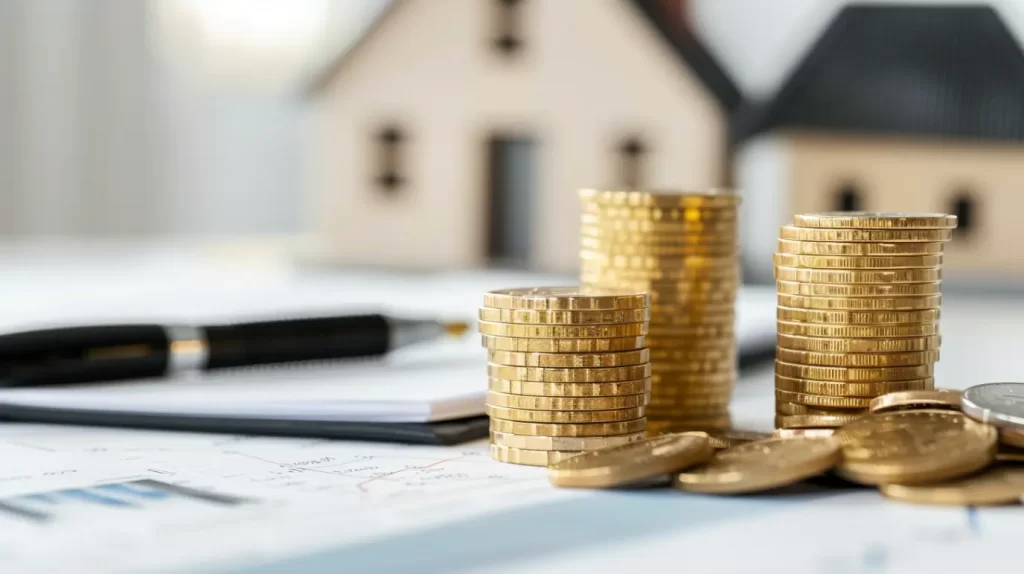
Financial Responsibility for Roof Repairs and Replacement
Understanding cost allocation for roof repairs and replacement is crucial for HOA communities. Governing documents outline whether expenses fall under HOA fees, require a special assessment, or must be covered by an individual homeowner. Properly deciphering these distinctions ensures that all parties are prepared for the financial impact of necessary repairs.
A clear grasp of your association’s rules and insurance coverage will help avoid confusion—and disputes—when a roof issue arises in your Orange County property.
HOA-Managed vs. Homeowner-Managed Repairs
Determining whether repairs are managed by the HOA or homeowners significantly affects responsibilities and costs. In many communities, the HOA oversees maintenance for shared roof structures, coordinating inspections and contractor work. Conversely, homeowners may be responsible for issues specific to their units, particularly if damage arises from personal property or neglect.
Effective communication is key to understanding these responsibilities. Homeowners should review governing documents detailing maintenance duties and financial implications. Sometimes, structural damage may require a special assessment, shifting costs to homeowners, while in other cases, the HOA might cover repairs, benefiting the entire community.
Cost Allocation in Shared Roofing Systems
Cost allocation for shared roofing systems can confuse homeowners. Homeowners associations (HOAs) should clearly define maintenance obligations in their governing documents to address differing views on financial responsibilities.
Collective agreements often dictate how costs are shared, covering regular inspections and major repairs. These agreements may clarify whether expenses fall under the HOA’s master insurance policy or require special assessments for unexpected repairs. Clear communication between the HOA board and homeowners is essential to ensure understanding of repair processes and financial implications, fostering a sense of shared responsibility for the community roof.
Documentation: Keeping Track of Maintenance Agreements
Maintaining comprehensive documentation is crucial for effective roof maintenance within HOA communities. Carefully tracking maintenance agreements ensures clarity on responsibilities, whether managed by the HOA board or individual homeowners. Regularly updating records of roof inspections, repairs, and interactions with roofing contractors creates a reliable history that helps in future decision-making. This practice not only aids in transparency but also strengthens the legal framework surrounding maintenance obligations, ultimately preventing costly repairs or disputes arising from misunderstandings about roles and responsibilities in maintaining shared roofing systems.
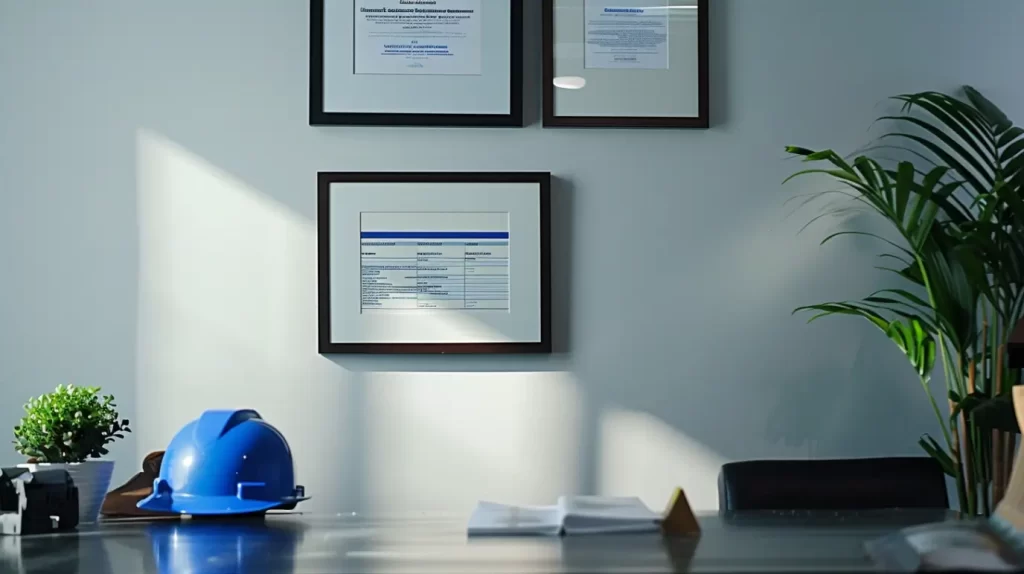
Disputes and Resolution Strategies
Disputes over roof maintenance are not uncommon in HOA communities, often arising from unclear responsibilities, cost allocations, or delayed repairs. Addressing disagreements quickly and professionally can prevent escalation and protect community harmony.
Effective resolution strategies include open dialogue, mediation, and, when necessary, legal action as a last resort. Understanding the dispute resolution process and knowing your rights help all parties work toward a fair solution. Next, let’s examine the causes of disagreement and the best ways to resolve them.
Common Causes of Roof Maintenance Disagreements
Disputes between homeowners and HOA boards often arise from unclear maintenance responsibilities in governing documents, leaving owners uncertain about repair obligations. Tensions can escalate when homeowners feel the board neglects maintenance or imposes unexpected special assessments for major repairs.
To address these issues, review relevant documents and communicate openly. Present concerns at HOA meetings, document all correspondence, and suggest third-party inspections for clarity.
If conflicts continue, mediation is advisable. A neutral third party can facilitate discussions and help both sides reach a compromise, minimizing the risk of costly legal disputes.
Effective Solutions—From Mediation to Legal Action
Disagreements over roof maintenance in an HOA can create significant tension. To promote clear communication, members should prioritize mediation. A neutral third party can help clarify maintenance obligations in line with governing documents, reducing misunderstandings and fostering collaborative solutions.
If mediation fails, legal action may be necessary. Homeowners must understand their insurance policies and implications for structural damage claims. Consulting a qualified roofing contractor can offer insights into repair obligations and liability. Ultimately, addressing repair complexities requires adherence to HOA rules and a collective commitment to preserving the community’s property value and harmony.
Get in Touch
In summary, understanding the roles of HOAs and property management is essential for effective roof maintenance in communities. By recognizing property-specific challenges and the importance of governing documents, homeowners and board members can clearly navigate their responsibilities. Promptly addressing disputes and using effective communication will enhance cooperation among all parties. For concerns about roof maintenance or expert assistance, contact Fontaine Roofing today for a consultation. Let us ensure your community’s roofing needs are met with professionalism and care.
Read our blog: Benefits of Having a 24/7 Roofing Emergency Plan
Frequently Asked Questions
Who pays when there’s roof damage in a multi-unit building?
For shared roofs in multi-unit buildings, cost allocation usually falls to the HOA, which covers repairs through HOA fees or special assessments. Insurance coverage may help offset expenses, but always refer to your governing documents for specifics on roof damage responsibilities.
Can an HOA require a homeowner to fix their own roof?
Yes, if the governing documents or HOA rules specify that repair responsibilities for certain roofs are the owner’s responsibility, the association can require homeowners to handle structural elements and repairs in line with community rules. Always review your documents to confirm obligations.
Who is responsible for the management of an HOA?
The HOA board, elected by the community, oversees all operations and decisions. They may hire a property management company to handle daily tasks, but ultimate authority rests with the board members. This management structure ensures the HOA community operates smoothly and efficiently.

